One of the most common questions we get from horse farm owners (aside from how to fix muddy paddocks) is about pasture management. How can their farm be covered in lush green grass, rather than spotty, dirty fields will scraggly weeds?
Pasture management is a hot topic because, as anyone who’s had horses on their farm for several years or more will tell you, those lush green fields are quickly destroyed if the horse to grass growing ratio becomes too high.
For most people, their fields can’t support the number of horses they have year round. Grass becomes overgrazed, and mud and erosion (or dust in the summer) occur which is unpleasant and unhealthy for horses and the environment. This is why pasture management is so important.
Pastures become unhealthy for several reasons:
- Horses graze the grass to the point where there isn’t enough leaf matter to support photosynthesis and continued growth.
- Repeated pressure on the ground from horses’ hooves compacts the soil to the point where the roots are starved for oxygen and grass dies off.
There’s a single solution to both these problems: GIVE ‘EM A BREAK. That’s right, the main action of pasture management for horses isn’t seeding, fertilizing, or watering. It’s resting!
Keeping your horses off the pastures at certain times of the year and when grass height is shorter than 3” is the only way to get lush green pastures on your farm. But your horses still need to be able to go outside and get some fresh air, so this is where your HUA is crucial.
The Heavy Use Area (HUA)
Also known as a sacrifice area, dry lot, winter paddock (and many other names), it is where your horses can be turned out when their pastures are busy regrowing. In most climates, horses need to spend the entire winter in their HUAs because the grass is too vulnerable to destruction in the winter.
Typically these areas are smaller than a normal pasture and see a higher concentration of hoof traffic. Because of this heavy use, the HUA needs special design and setup to be a healthy and beneficial area for your horse to spend his time and a positive asset to your farm.
Considerations for Your Pasture Management HUA:
Size & Shape
The HUA has to be able to provide horses with some movement, visual space, entertainment, and safety. 400 square feet is recommended as a minimum size. Often an enclosure that is long and narrow makes good use of space and provides the most room for the horse to move. 100’ long is usually enough room for a horse to trot and do a little bit of canter in their HUA.
If you have more than one horse sharing a space, make sure there is plenty of width to pass each other, no small corners to get stuck in, and the more submissive horse always has a “way out” near the food and water.
A cool innovation in HUAs is to set it up as a track around a center field or natural area, or even around the whole property! This gives horses an infinite loop to travel without having to stop and turn around.
Location
Ideally your HUA should be convenient to where your horses live at night. Or, if they stay outside all night in their HUA, you want it to be convenient to food and water and uphill from and/or nearby your manure disposal area.
To reduce horse stress, locate your HUA in a way that they can see other horses and the longest possible distance around the farm. Horses like to be able to scan their surroundings and see everything that could be approaching them.
Amenities
Consider hay feeding stations (feeders or slow grazers), grain bins, waterers, salt or mineral licks, and toys or scratching and rolling spots. Also, since your horse will likely be spending a lot of time in the HUA in the winter, he will want some way to stay warm and dry. This can be anything from some large trees to stand under, to a three sided shelter, to having access to his stall in the barn.
Mud Management
Because this area is heavy use, the ground will quickly become damaged by hoof compaction, it will receive large amounts of manure deposited (up to 50 pounds per horse) daily, and be very damp during the wet season. This all adds up to mud, potentially massive amounts of mud. That’s why it’s important to consider stabilizing and/or augmenting the footing surface in your entire HUA.
Lighthoof is a simple and permanent option for creating a mud-free base to your horse’s area. It prevents having to build and rebuild an excavated rock surface that can hold up to the rigors of an HUA and instead does it all in one step. It also eliminates the need to scrape out and redo the footing annually as is the case with bark and other wood footings.
See how Lighthoof supports the ground that supports your horse.
That will make maintaining manure easier and prevent injury or infection from spending time in a muddy paddock.
An effective pasture management strategy starts with planning and building a cleverly crafted Heavy Use Area that will protect your grass while fulfilling your horses’ needs to be outside. With the right HUA that’s easy to maintain and loved by your horses, you won’t even feel guilty about closing that pasture gate so that you all can enjoy greener fields.

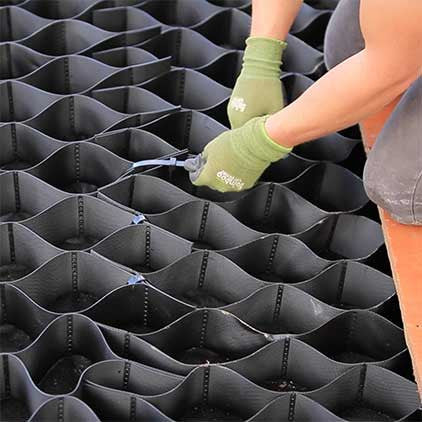
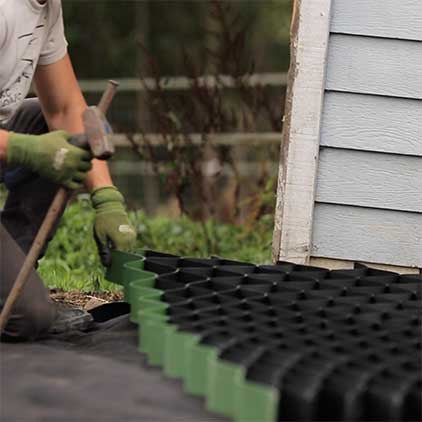
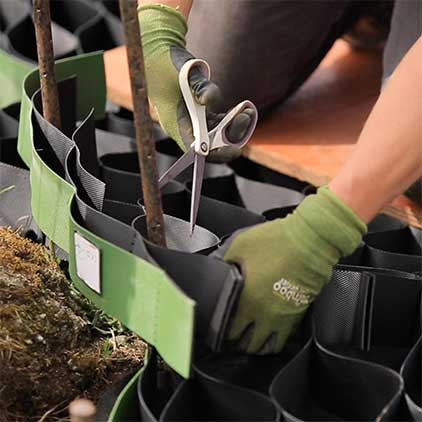
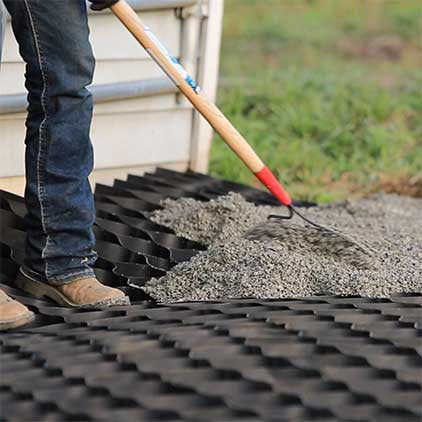
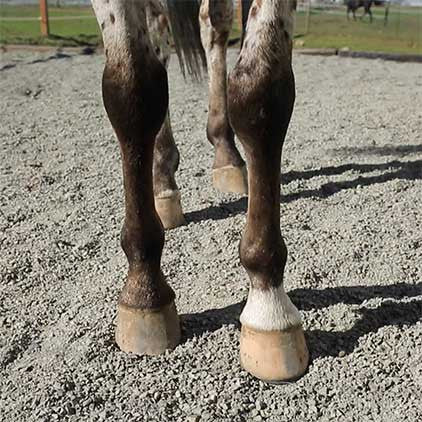
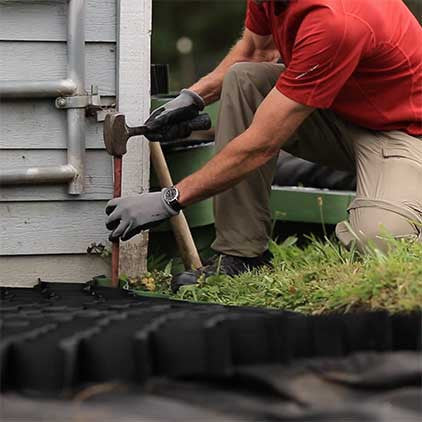
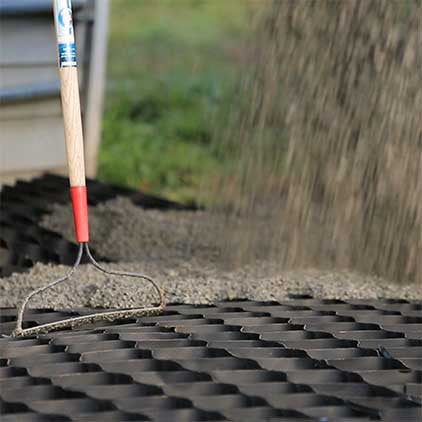
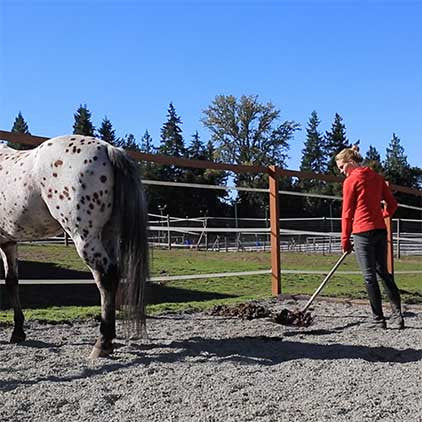
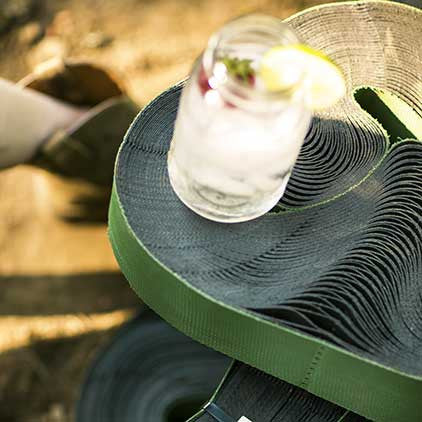

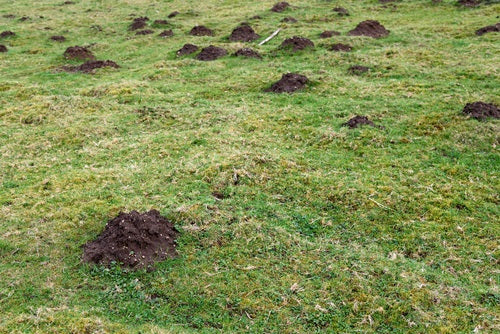
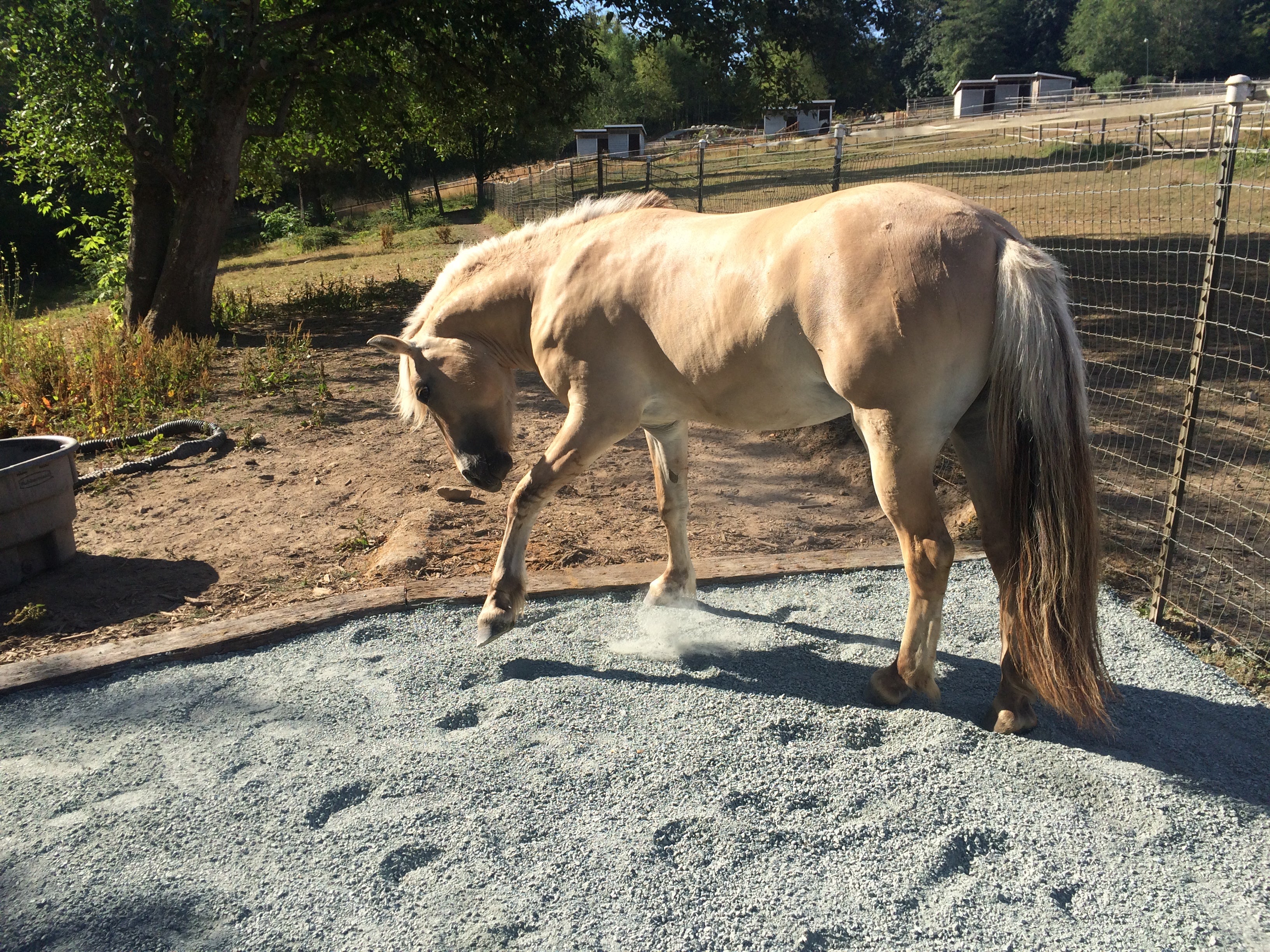
Leave a comment
This site is protected by reCAPTCHA and the Google Privacy Policy and Terms of Service apply.